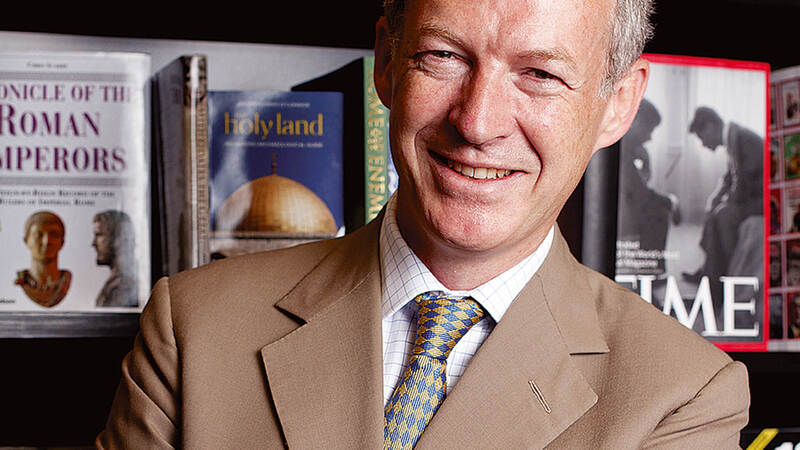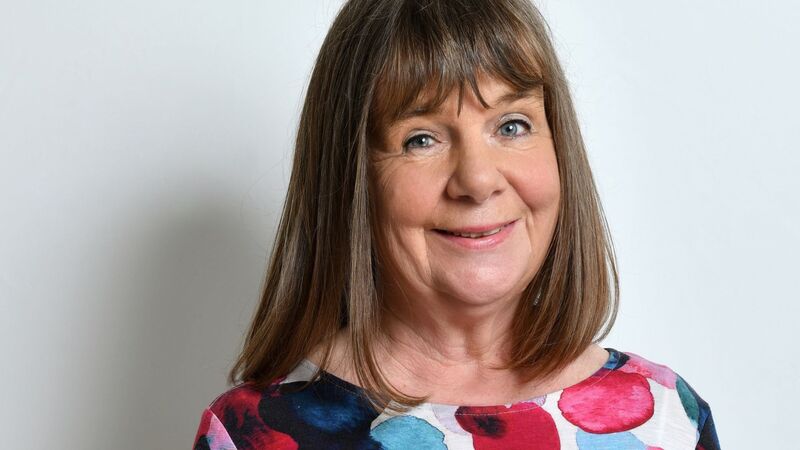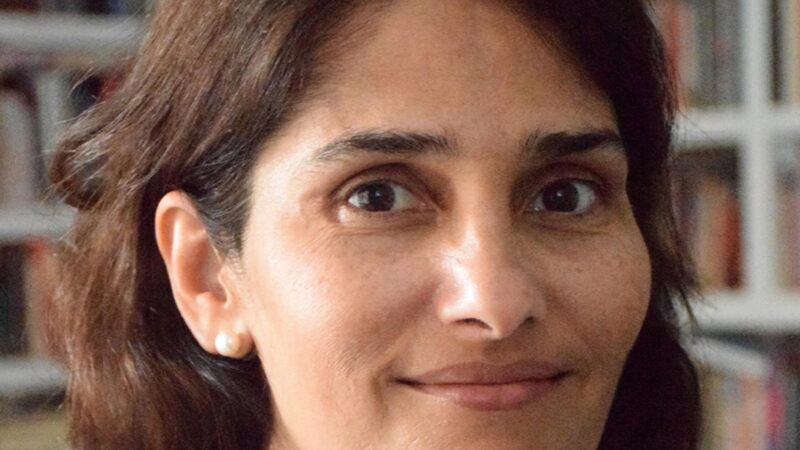You are viewing your 1 free article this month. Login to read more articles.
HarperCollins releases 2019 gender pay gap with 'progress being made'
HarperCollins is closing its gender pay gap with the median difference between men and women's pay reducing from 10.2% to 8.8% in its latest filing.
Delivering its 2019 figures five months ahead of the government’s deadline of April 2020, the publisher said “progress is being made” but it will “continue to work to reduce our pay gap”. The figures are based on employees' salary details as of 5th April 2019 and represent colleagues across its publishing and distribution divisions.
The six-page report was circulated to HarperCollins’ 1,000-strong workforce on Thursday morning (28th November) with meetings planned to disseminate the news across the company's sites in Honley, North Yorkshire, and in Glasgow, as well as its London Bridge base in the News UK building.
The median gap between men and women’s pay has reduced from 10.2% in 2018 to 8.8%, a reduction of 1.4 percentage points. The mean difference has remained largely static, at 16.3% compared with 16.5% the previous year.
In regards to bonuses, all HarperCollins employees receive a bonus, but the figures reported based on the reporting date of 5th April 2019 do not include new joiners not yet eligible to join the scheme. In bonuses paid to men and women, the median bonus gap has in fact risen to 15.9% from 11.5%. The mean however has reduced from 56.5% to 51.3%. Overall, 83% of women at the publisher received a bonus in 2018, up from 80% the previous year. More men also received a bonus, up from 84% to 89% in April 2019. The firm attributed the difference in bonus payments to flexible working. “We have a culture of flexible working at HarperCollins. 21% of women work part-time compared to 4% of men,” the report reads. “This has an effect on our bonus pay gap which, unlike the gender pay gap is not pro-rated, and therefore the average payment to women appears lower, widening the gap in the figures reported; this effect is magnified as 18% of our highest earners are part-time women.”
Women make up around two-thirds of the lower, lower middle and upper middle quartiles of its workforce – comprising 64%, 72% and 66% respectively. However this proportion dips to 58% for its upper quartile of top-earning employees. The 16-strong executive committee shows a 50:50 gender split.
HarperCollins revealed in the report the comprehensive raft of support to encourage better gender parity in salary. In January 2020 it will increase enhanced parental leave from 18 weeks to 20, and it will expand its return to work programme iReturn by introducing a financial-planning strand. A career-path guidance programme, iDevelop, will be launched as well as a Leadership Diploma and there have been a growth of employee networks including Menopause at Work, earlier this year and a Lean In network discussing gender. HarperCollins also said It had expanded its blind recruitment process with no CVs included for 80% of new hires since July.
Amongst other schemes intended to boost diversity and inclusion in its workforce, the publisher is also encouraging more men into entry-level publishing positions through engaging with schools, colleges and university. Its recently expanded literacy project has seen it engaging with schools in Southwark, near to its News UK building, with its efforts securing HarperCollins a ranking in 2019's Social Mobility Employer Index.
John Athanasiou, HarperCollins’ director of people, wrote in the report: “There is still more to do but a commitment to diversity, inclusion and creating a culture of belonging runs through every part of HarperCollins.”
In calculating the gender pay gap, the median figure falls in the middle of all employees' salaries from lowest to highest paid, while the mean is calculated by dividing the total wages of a company by its number of staff.
















